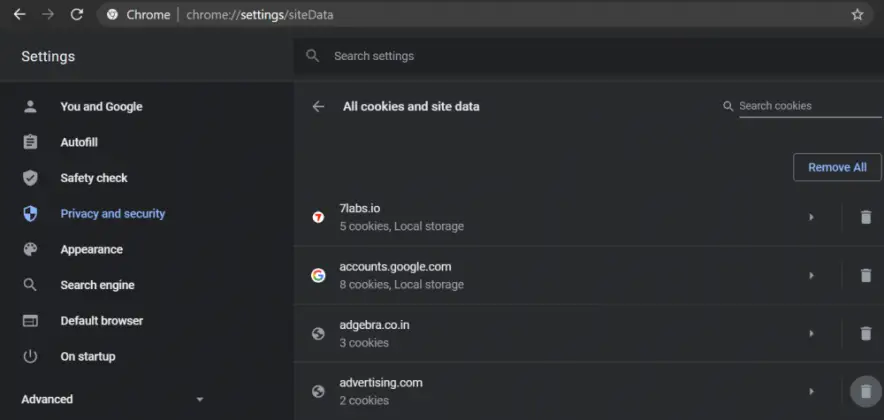
So years ago I came to the conclusion that I will only use portable versions of software. Software that automatically assumes its installation folder must be on the C:\ partition, simply has no reason to exist. While that should not be too difficult, it is an extra step in the installation procedure and more chance of failure to install and/or comply with company policy. Then you need to make changes in the registry, shortcuts etc. Now You: do you mind where on your system applications get installed? (via Techdows)

The change is limited to new installs it is likely that most Chrome users on Windows don't care about the installation directory let alone uninstall the browser just to make it install in the right 64-bit folder on the system.Īdministrators on the other hand may find the information useful as it may help them locate the Chrome folder if it is not in C:\Program Files (x86)\ as expected. They must be uninstalled first to be reinstalled under "C:\Program Files". Install 64-bit browser versions under "C:\Program Files" by defaultīrowsers installed under "C:\Program Files (x86)" remain in that directory and will continue to be updated. Google notes that Chrome needs to be removed from the Windows device entirely if the user wants the browser to be installed in the new default program folder. Google noted back then that the behavior was intentional and that it had plans to move 64-bit Chrome to the right program folder on Windows. It is interesting to note that the bug was opened more than six years ago. Chrome 64-bit versions installed in the C:\Program Files (x86)\ folder will continue to work and will be updated just like before. Starting soon, Google Chrome will install in the C:\Program Files\ folder by default on Windows if it is a 64-bit installer. The installation folder does not impact functionality of the program in question.Ĭhrome users who upgrade the browser from a 32-bit version to a 64-bit version will also notice that the program folder remains the same. The fact that Chrome installs the 64-bit version in the folder designated for 32-bit application installations is puzzling but the browser is definitely not the only 64-bit program on Windows that installs in the wrong folder. the browsing data, bookmarks and extensions, under AppData instead.

Chromium-based browsers install core browser files under program files on Windows and user data, e.g.


 0 kommentar(er)
0 kommentar(er)
